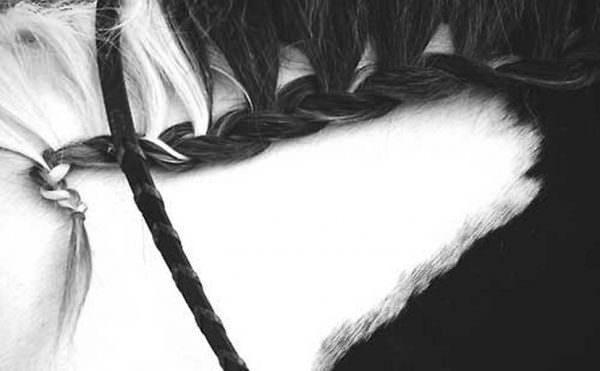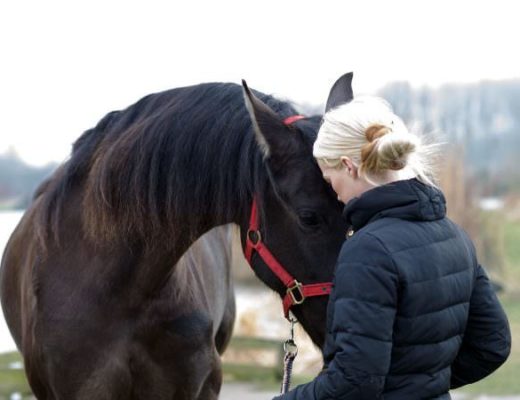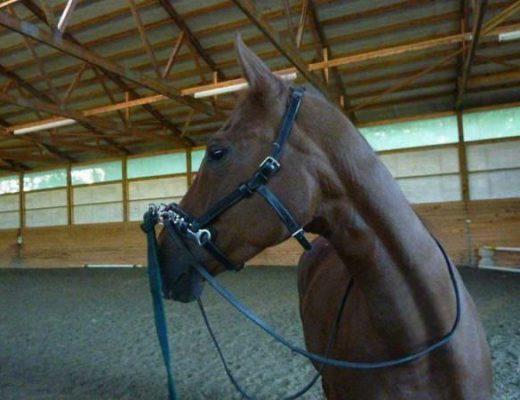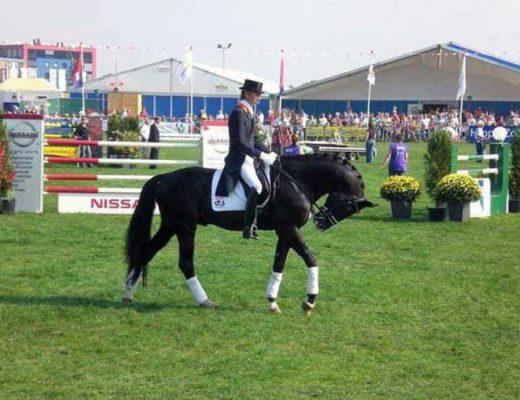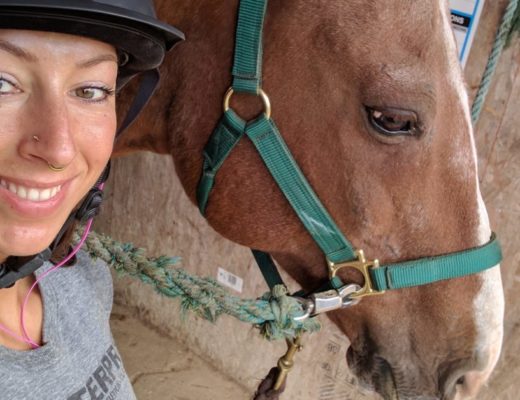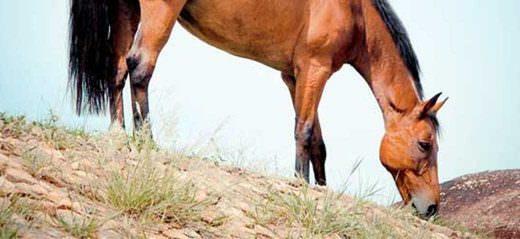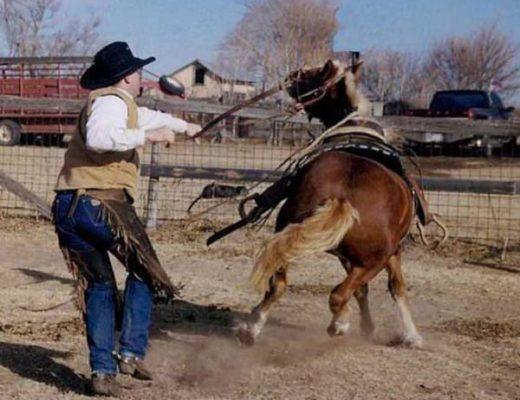Let's establish one basic truth, each horse has a neck. Sylvia Loch once remarked, “horses would be so much simpler to ride if they didn't have necks”, which I can't much argue with.
Early in my riding I always struggled with horse necks, and in return they struggled right back with me. Either I was riding a steel beam of rigidness, or the neck was all wonky and wiggly. Some necks tried to curl up and hide from the bit and any contact, while others pushed out in defiance against the reins.
The most challenging neck I ever rode was a Saddlebred gelding. Let's just say it was the closest experience I'll have to riding a giraffe, and I'm not even exaggerating. His neck was long, upright, thin and snaky as an eel.
Most of the rigid, unyielding necks I've ridden came around quickly once I sorted out any body issues, teeth, saddle, muscle soreness, feet and got my hands behaving like they ought to.
I am now a recovering neck rider. I work very hard to avoid riding the horse's neck because it is an impediment to my own progress as a rider and to my horse's development.
Stop Riding the Horse's Neck
My present opinion is that any problems in the neck can't be corrected by addressing the neck. Barring any ailments that are causing pain (hoof pain, teeth, bit/saddle/rider fit, body/muscle pain) the rest lies in two problem areas.
- The rider's hands
- The horse moving forwards properly
The Rider's Hands
Most of us do too much with our hands. Remember we're in neck-rider's anonymous (NRA) now so let's start by getting honest with one another and ourselves.
All day, every day we fiddle with our hands. If our body was technology our hands would be Facebook – constantly moving and changing and getting involved in things it has no business with.
All of that fiddling annoys our horses, period. Let's not even mention all the movement that happens when our seat isn't right and we're also bouncing around, randomly making contact with the horse's mouth or hanging on for dear life depending on the reins for balance.
Talk about a monkey on someone's back!
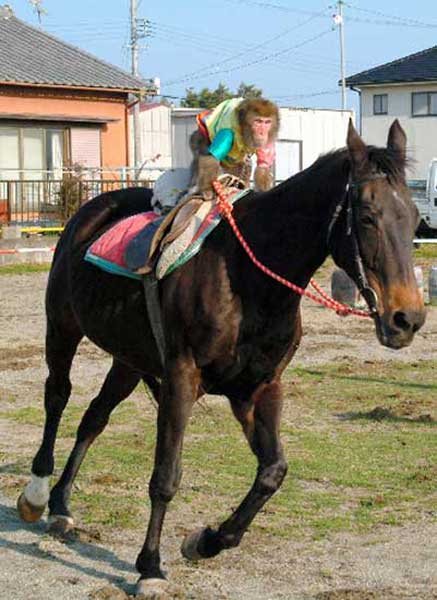
Great, so how do we fix our hands?! First, find an instructor in your area to give you some seat lessons. I work on my seat every time I ride and also ride without stirrups on a regular basis to keep bad habits in check. Your horse will thank you, repeatedly. You'll be surprised at how much your hands improve when you address your seat and balance in the saddle.
How about those busy-bee hands? Think about your upper arms dropping straight down along your torso, elbow falling directly beneath your shoulder. Now, let the fleshy part of your forearm lightly touch the uppermost bony-protrusion of your hips. Your bony-protrusion may not be so protruding, but feel around for it and aim for that area. Your hands should naturally follow around to be in front of your body, almost as if they would settle in your lap if you were sitting in a chair.
When you're riding avoid moving them too far out of this area. I don't mean ride rigidly, but avoid big gawking movements with your hands.
Is Your Horse Moving Forwards?
When your hands are all funky and poking the horse in its face you're likely to find two problems – either the horse slows down or he's rushing forward. Both scenarios indicate your horse isn't properly moving forwards.
Forward doesn't mean FAST.
Riding the horse forwards means having influence over his energy and being able to communicate how much or how little you want at any given time.
Most horses, even high level competition Dressage horses (ooh! fancy) do not move forwards properly. In part because their riders are fiddling too much in the mouth (neck riding) which will interfere with the horse's energy.
Developing proper forwards movement in your horse is a process. In the beginning it will look like your horse is running very fast at each gait — much faster than you want them to. The focus in this stage should be on correct tracking when working on the lunge, and continuing it under saddle.
Over time correct tracking develops strength and balance in the horse. The energy is now used to lift the horse vs. just driving him ahead. The horse still uses the same amount of energy at each gait but the speed at which he covers ground is not as great. Meanwhile the suspension and flexion of the limbs is increased.
Riding Challenge
Try riding with both reins in your non-dominant hand.
Focus on moving the horse forward as quickly as he can move at each gait without interfering with the reins. Look ahead to where you want to go — avoid looking down at your horse.
Practice some basic patterns that are not complex or physically difficult for your horse (focus here should be on moving the horse forward as quickly as he can move in each gait).
Mix in frequent gait transitions, each time immediately moving the horse forwards as quickly as he can move in the new gait.
Did you notice a significant difference in your horse's movement, posture and carriage of the neck?
Second Challenge
Another excellent challenge you can try —
I'd add one of my favorite challenges to the one you provided:
At the walk, reins held by the buckle in one hand placed either on the withers or your belly button (whichever is more comfortable). Now ride turns and circles around the arena without moving that hand.
Throw in a stop, now and then, still not moving your hand.
Seems hard at first, but soon becomes rather fun! And you learn just how little you really need those hands! All the lack of “noise” in the reins also soon results in a relaxed neck that stays in front of the horse as it should.
